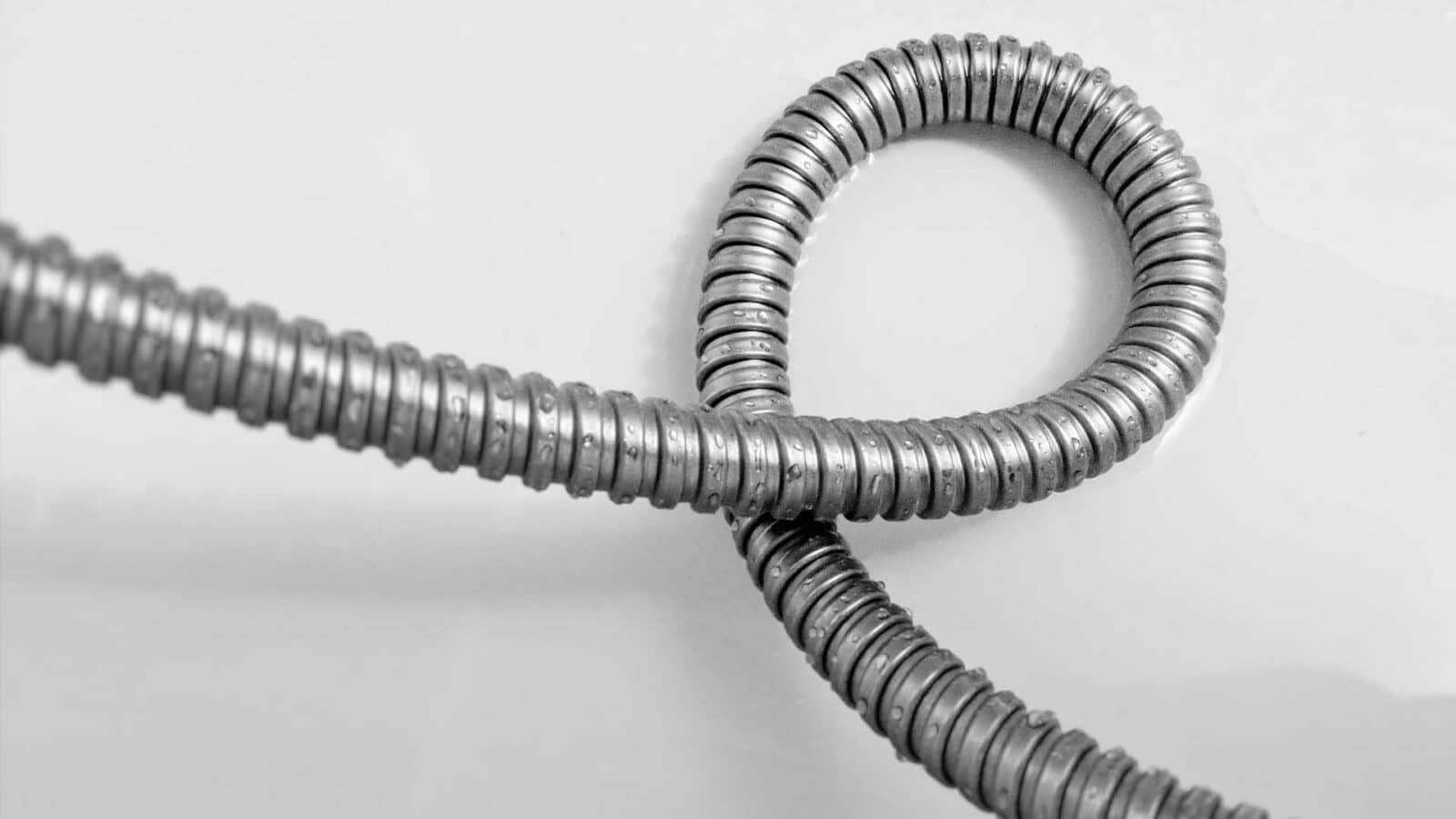Sponsored
How to prevent home appliance failures
Simple steps can go a long way toward preventing costly home appliance failures.

Just a heads up, if you buy something through our links, we may get a small share of the sale. It’s one of the ways we keep the lights on here. Click here for more.
Appliances can be complex pieces of machinery that often need professional repair services to be fixed properly.
An experienced repair technician can offer long-term solutions while adhering to manufacturer specifications and industry best practices during repair work.
Home appliance repair companies can save homeowners money by avoiding expensive replacements, though the decision between repair or replace can often be complex and contentious.
Check the owner’s manual
Before contacting a technician, take the time to consult your owner’s manual for your appliance. It may turn out that all it needs to be fixed is pushing a button or switching an indicator light.
This saves both money and time by bypassing an expensive technician appointment. Alternatively, you can also look for appliance repairs guides like this one here: cinchhomeservices.com/faq-library/-/faq/dallas-appliance-repair-guide
If your appliance is fairly new, it is worth consulting the manufacturer to see if it is covered under their warranty. Labor and parts may still be covered depending on what issue has arisen as well as how long you’ve owned the appliance.
Some technical schools provide training for appliance repair technicians. Internships and on-the-job training are other effective means of gaining experience.
You may also wish to consider specializing in one specific appliance type or taking on-the-job lessons from experienced technicians in order to maximize your career in this industry.
Excellent customer service skills will be key since you will be working directly with clients in their homes; providing exceptional service will build trust between yourself and customers and increase repeat business opportunities.
Inspect the gaskets and seals

Refrigerator and freezer gaskets and seals ensure food remains at safe temperatures in their respective appliances, but when these components develop cracks or gaps, they no longer serve their intended function and may use more energy, raising your utility costs as well.
Material, specifications, and design combine to determine a gasket’s ability to withstand temperature, chemicals, pressure, compression and maintain an effective seal under various environmental conditions.
End-use environments and other factors also have an effect on the overall performance of a gasket.
Age can have an adverse impact on certain gasket materials, particularly those bonded with elastomers, and can lead to more damage in serious situations like wildfire.
Other specialized materials like graphite and PTFE boast no binder requirements and therefore have a much longer shelf life. As soon as a gasket is manufactured, it must be handled carefully to reach its installation site.
How it is assembled has an effect on how its assembly pressure is distributed on its flange surfaces; surface finish of flanges also affects how damage may spread throughout a gasket.
Inspect the hoses

Simple steps can go a long way toward preventing costly and disruptive equipment failures.
To do so, educate your team, devise a uniform inspection procedure, and stay on schedule – three-month inspection intervals should generally apply to stationary equipment, with more frequent checks on critical systems.
While your system is off, inspect the hoses carefully. Look out for signs such as scuffs, gouges, bulges, and abrasions which could indicate loose or worn covers; additionally, feel the hoses to check firmness; soft or spongy areas indicate it may need replacing soon.
Assess hoses for signs of kinking that could result in stress fractures. They should bend freely without becoming twisted or compressed and contain no sharp edges that could cut into inner tubes.
Have any thoughts on this? Drop us a line below in the comments, or carry the discussion to our Twitter or Facebook.
Editors’ Recommendations:
- NSPanel Pro: Sonoff’s answer to major smart home ecosystems
- These Acekool gadgets are must-have appliances for your kitchen
- Dreametech’s best robot vacuum gets a rare massive 25% price drop
- How to make Alexa listen for running water and beeping appliances
Disclosure: This is a sponsored post. However, our opinions, reviews, and other editorial content are not influenced by the sponsorship and remain objective.
































